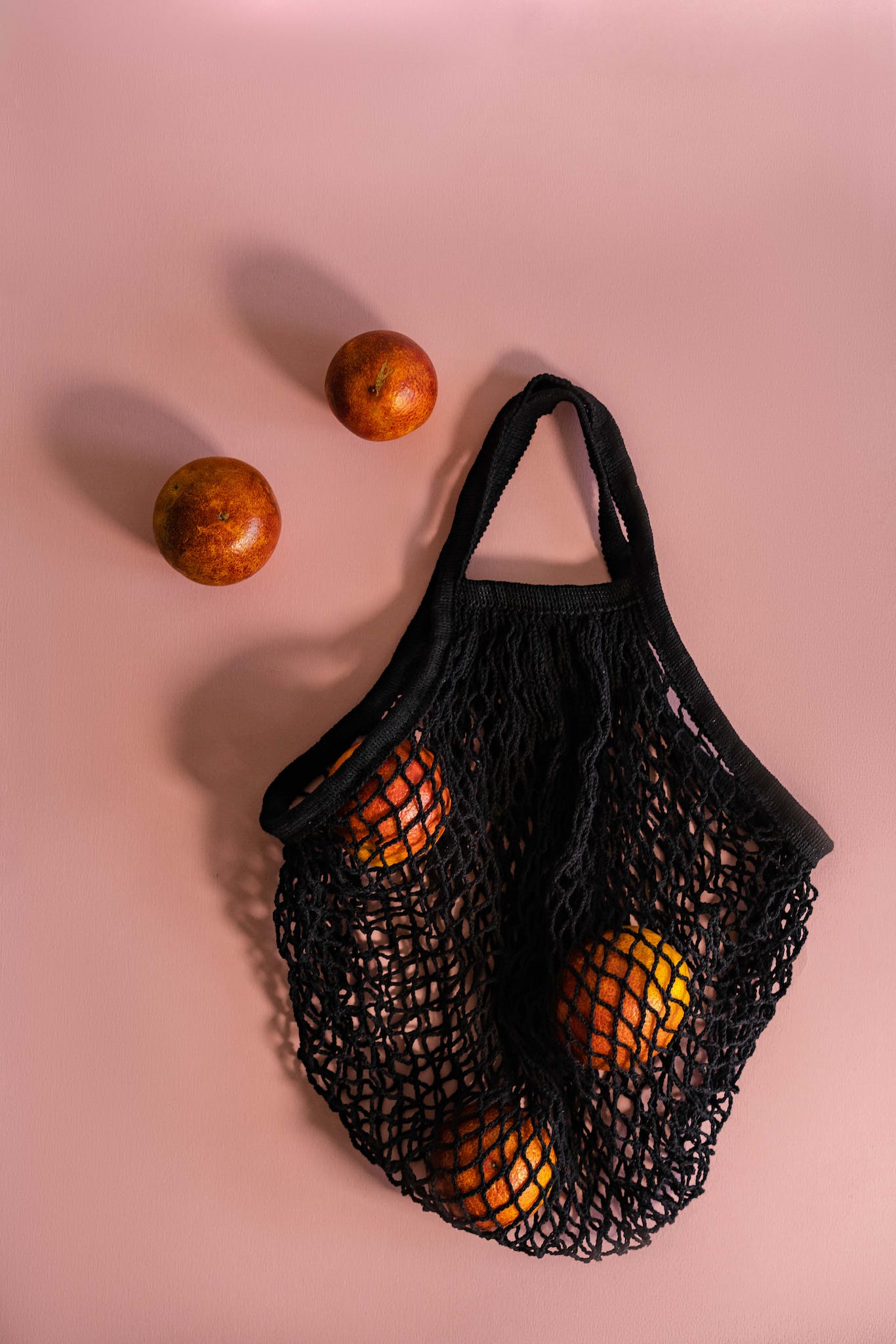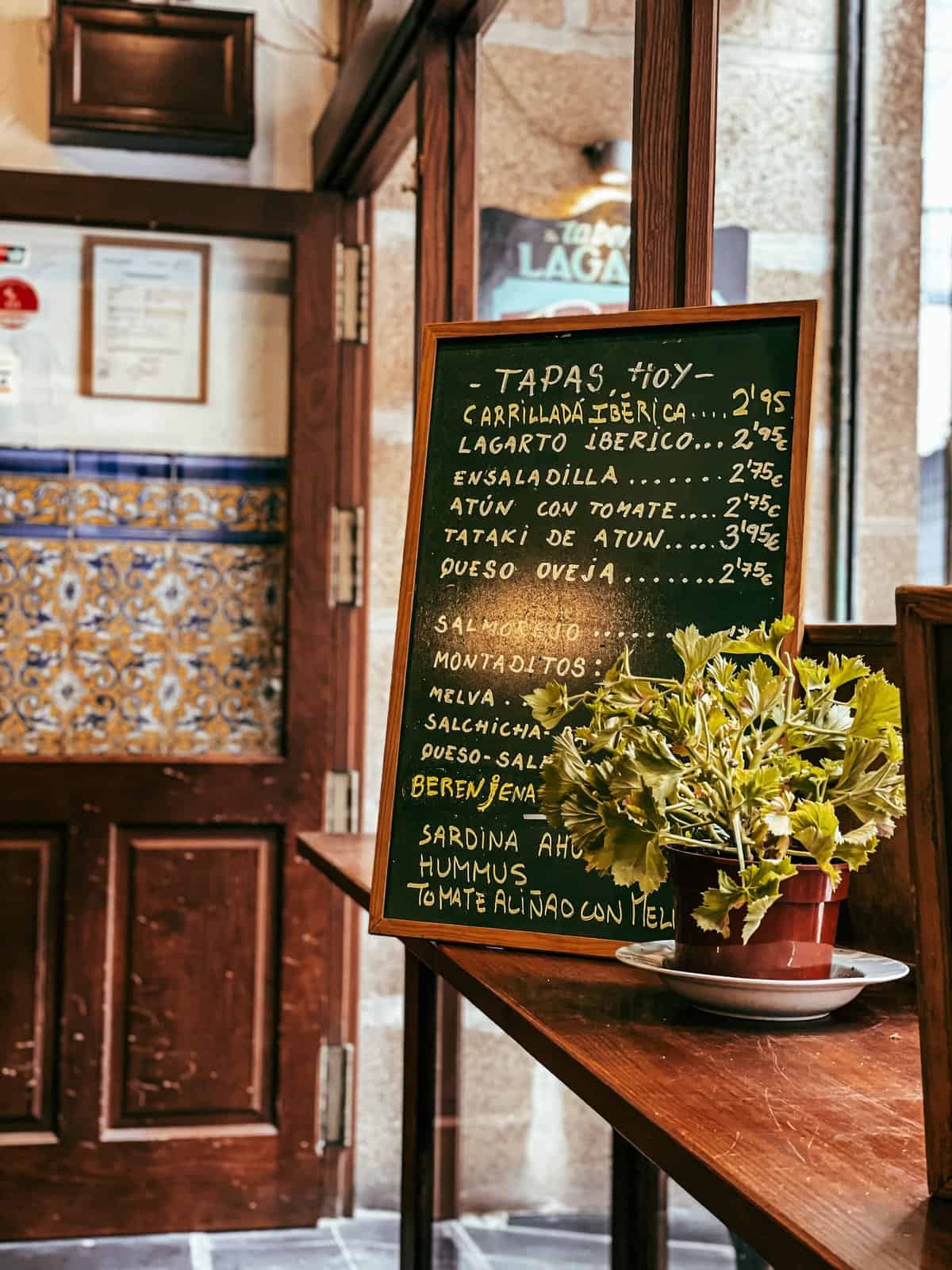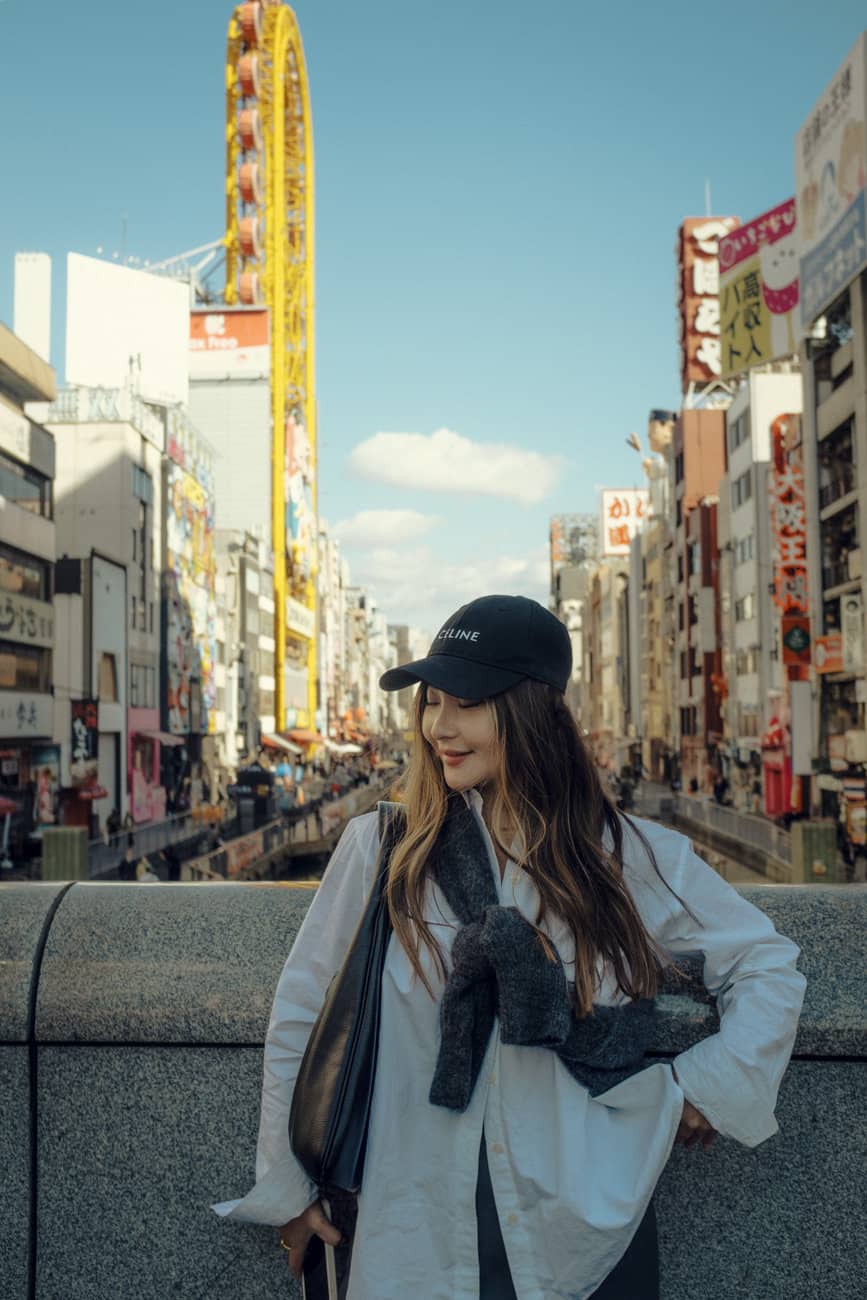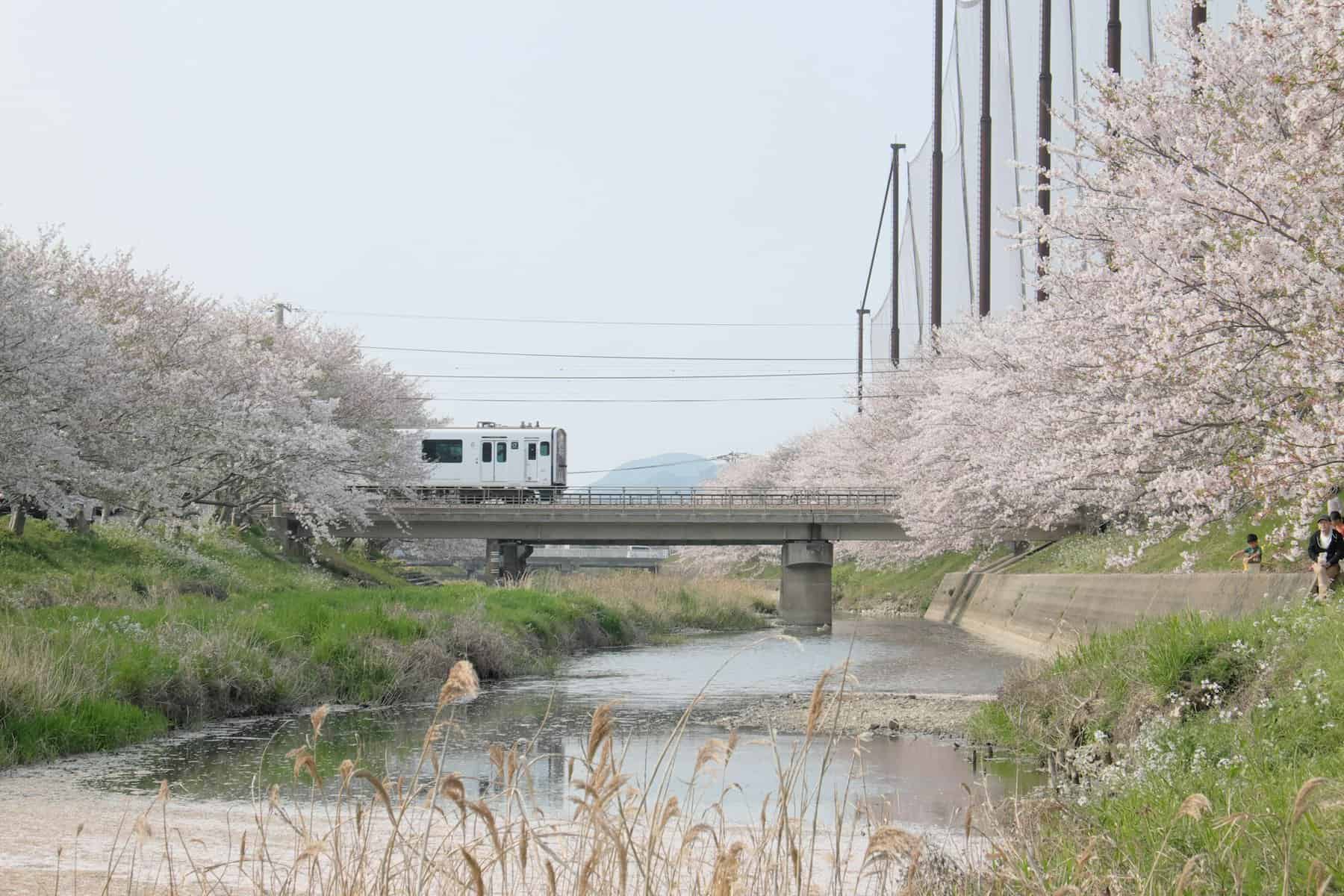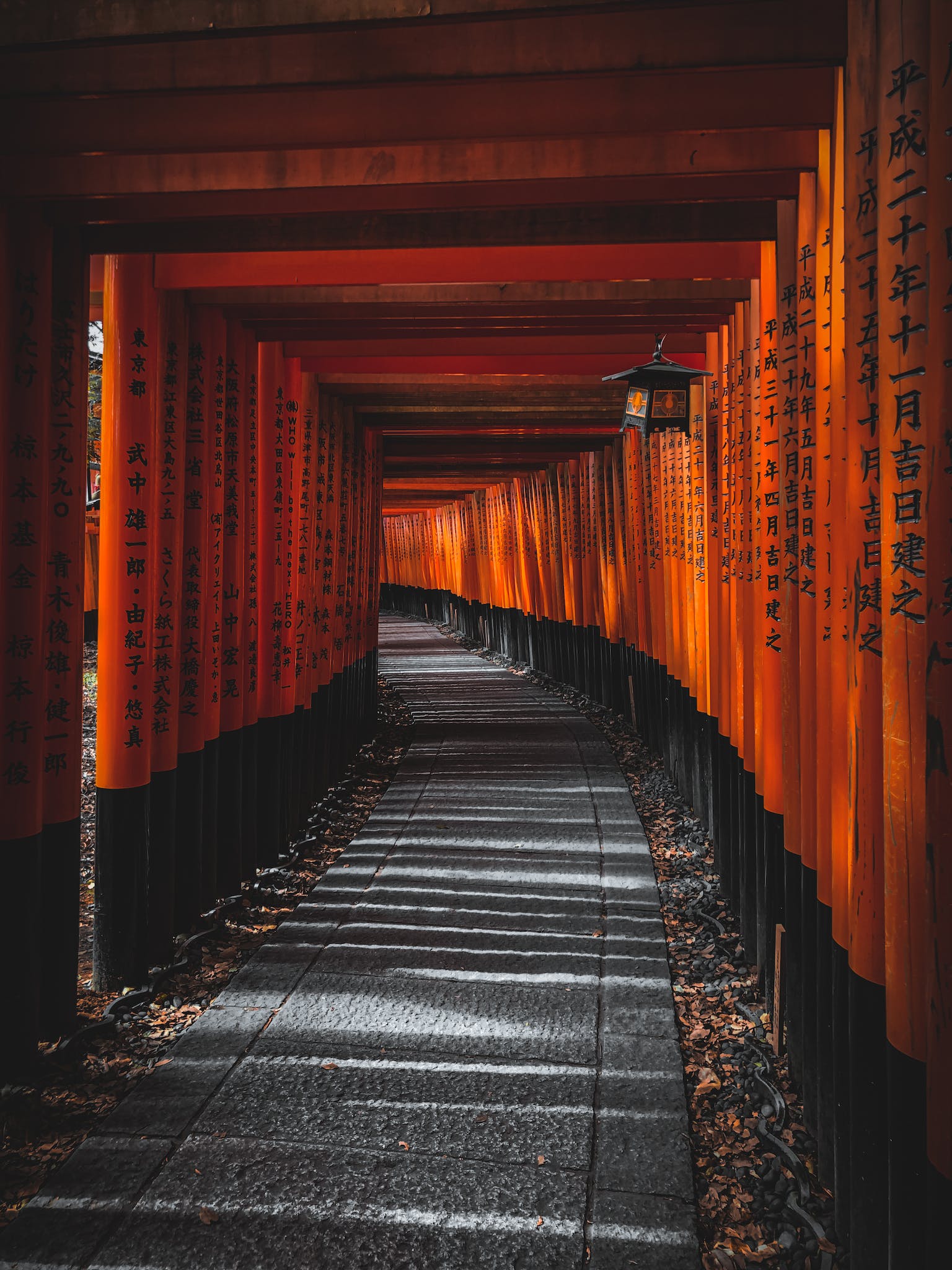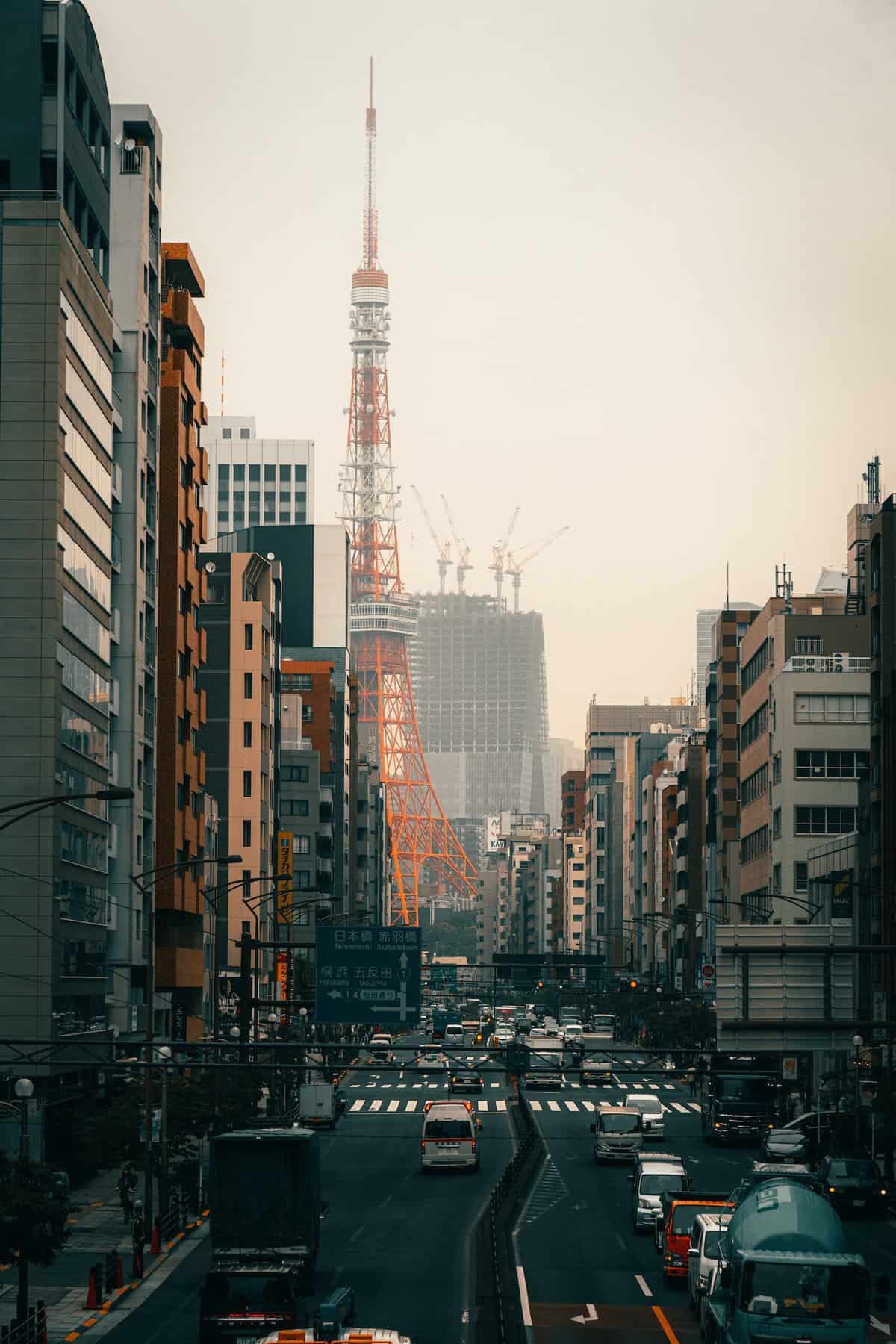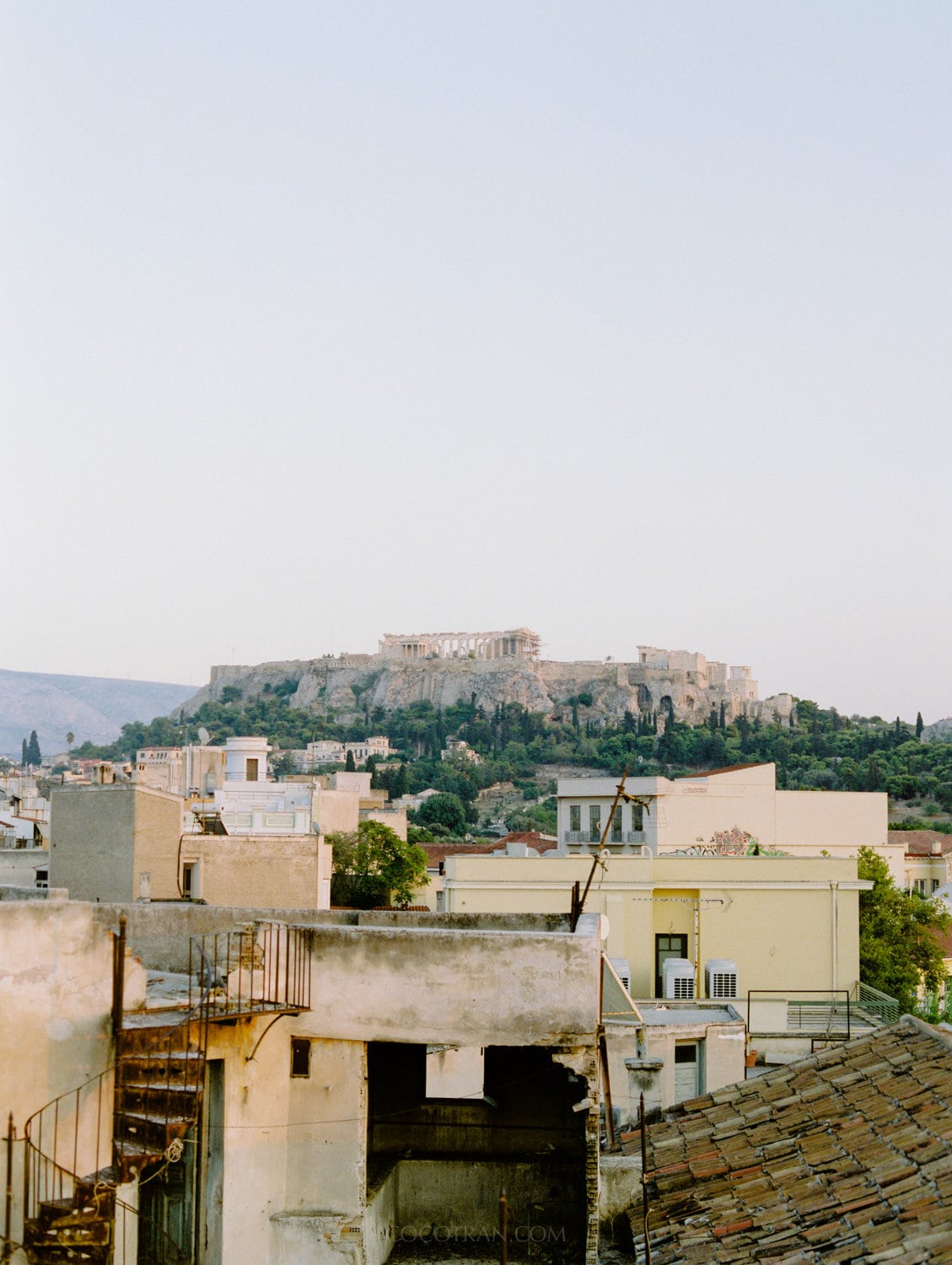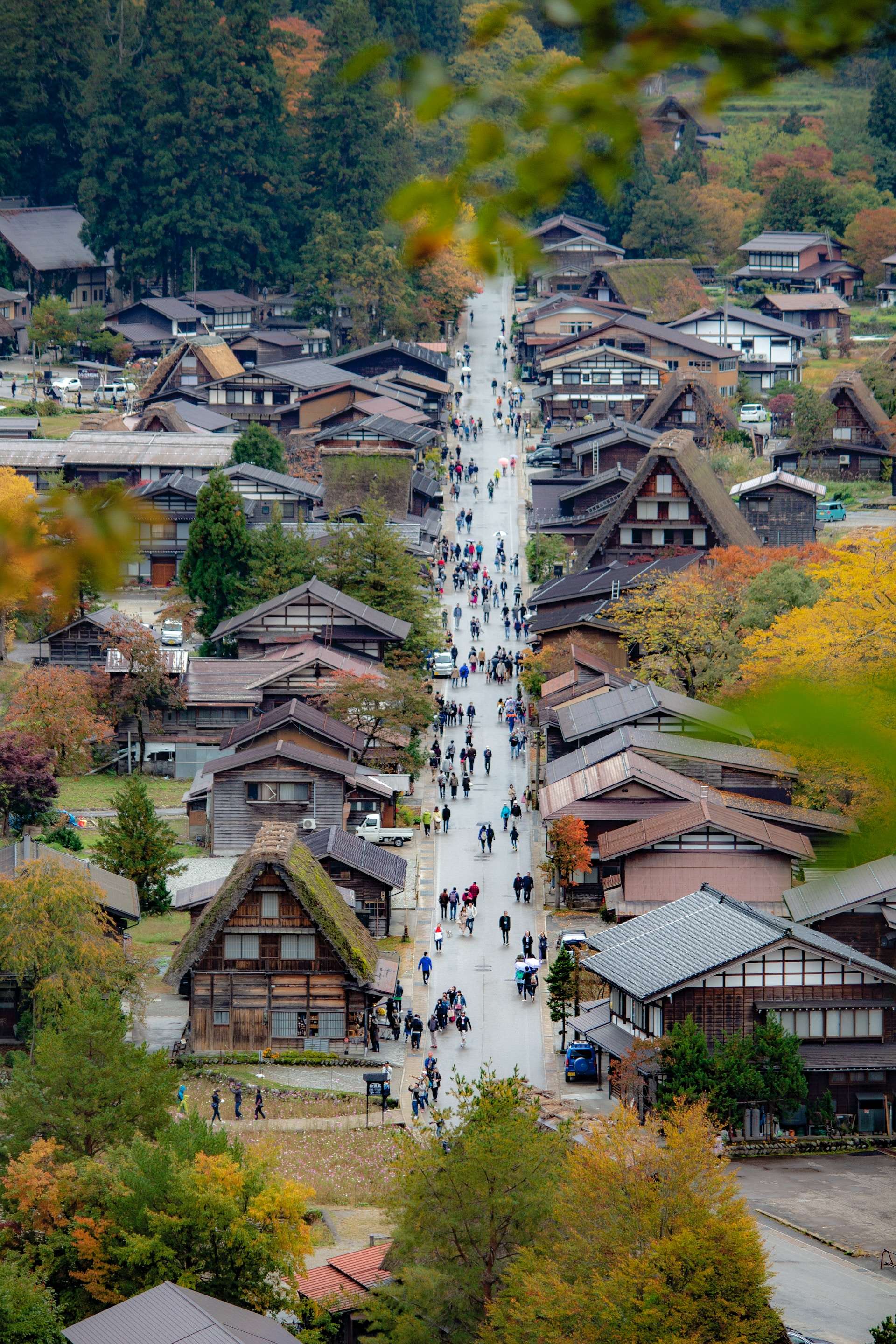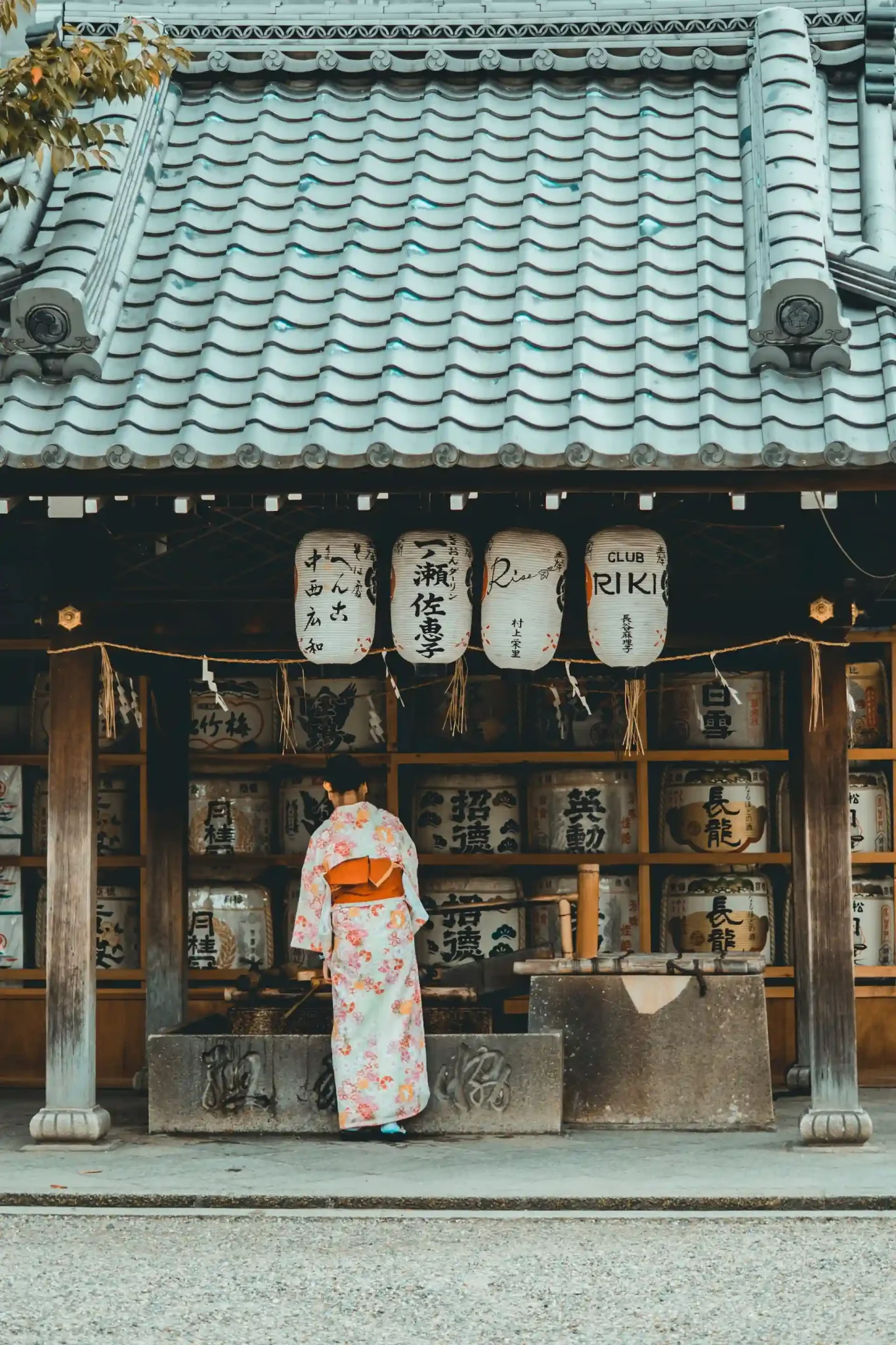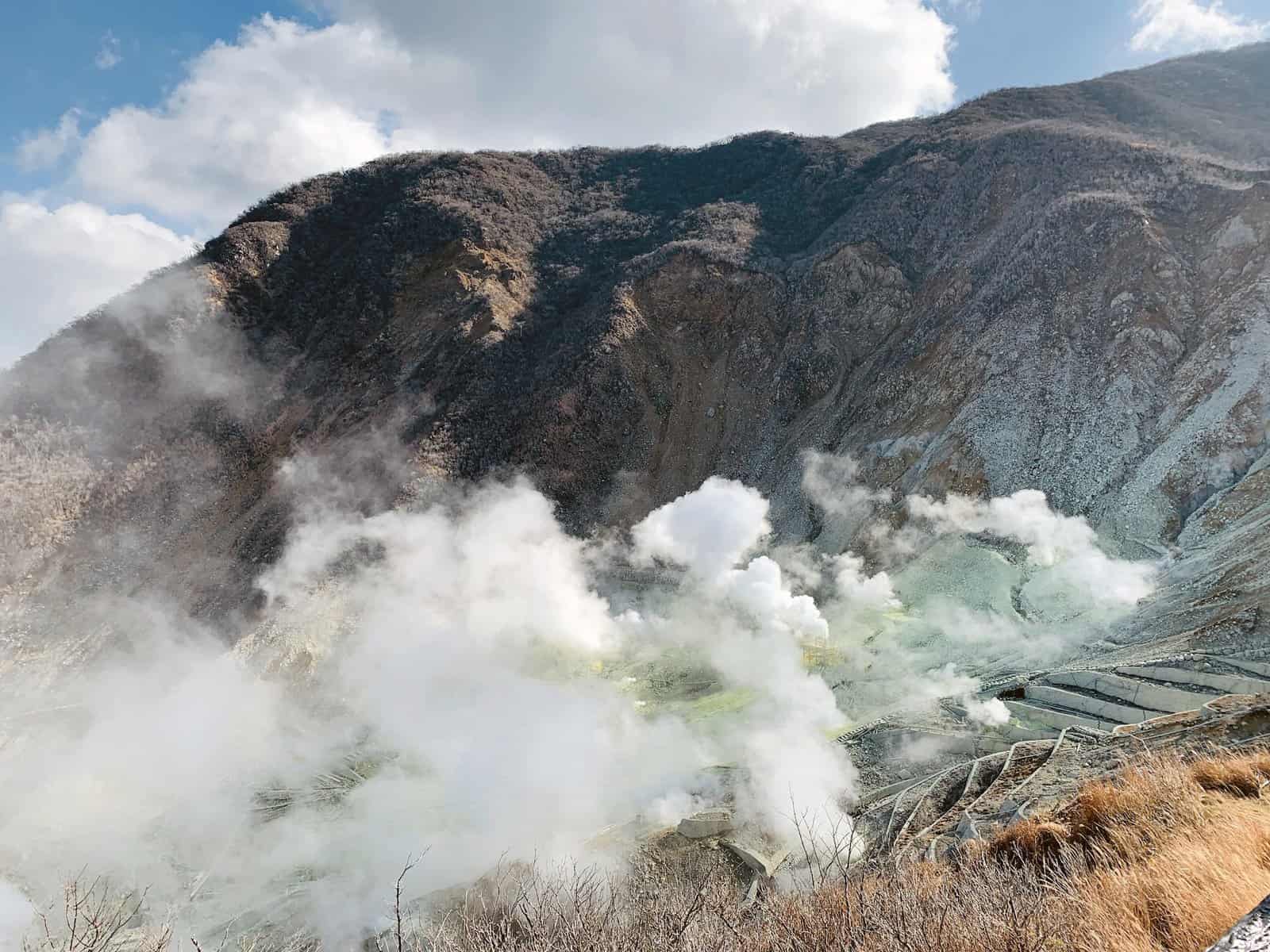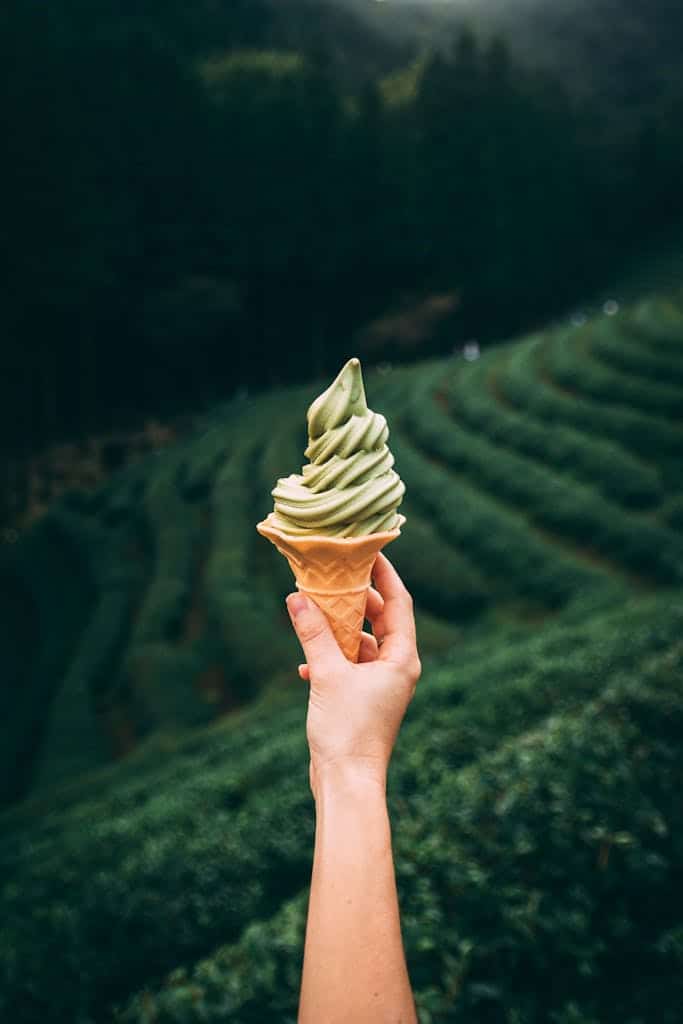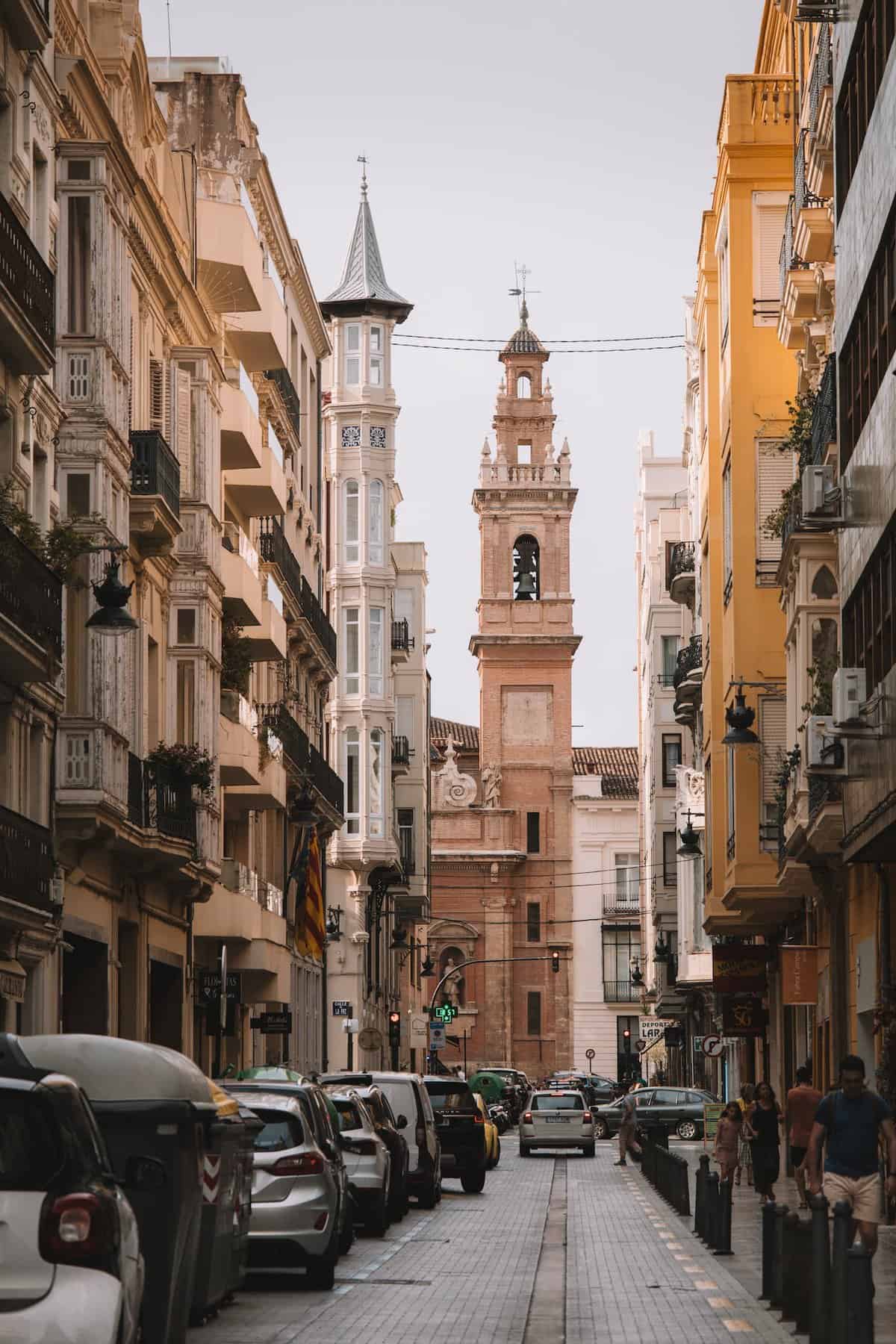Expensive Fruit in Japan: fruit prices in Japan explained
You may have heard the most expensive fruit in the world was sold at an auction in Japan. So, how much do expensive fruits in Japan cost and and why are Japanese fruits so expensive?

Expensive Fruit in Japan: fruit prices in Japan explained
I’m just back from an epic foodie adventure in Tokyo and 3 weeks in Japan and I’m here to tell you about the incredible (and yes, crazy expensive) fruit they have in Japan.
You’ll find these food courts inside the majority of the multi-level malls, and in the glass display cases in the food court, you’ll find these beautiful and expensive fruits. I know, paying anything more than a few bucks for an apple sounds nuts. But Japanese fruit is on a whole other level when it comes to flavor, perfection, and even cool shapes. If I have taken anything away from the Japanese culture, it is their sense of “omotenashi” and great care in aesthetics and presentation.
READY TO BOOK YOUR TRIP?
Best Travel Resources to plan your trip
more helpful travel resources
*This site contains product affiliate links, and I may get a commission, which costs you nothing extra. Thanks for your support
Expensive Fruit in Japan: fruit prices in Japan explained
So why exactly is fruit so expensive in Japan? And more importantly, is it actually worth it? I’ll give you the inside scoop so you can decide for yourself if you’d indulge in a $50 grape or $200 melon!
In This Article: Table of Contents
some links may be affiliate links. If you purchase using the link I may get a small commission which costs you nothing extra.
Why are Japan Fruit Prices so expensive?why is fruit so expensive in japan
In short, It All Comes Down to Limited Supply and Intense Growing Methods
The main reason Japanese fruit commands such sky-high prices is that supply is extremely limited. We’re talking a few hundred or thousand pieces of a particular fruit per season. Not per grocery store…in the entire country!
See, most luxury fruits are specially cultivated by just a handful of expert farmers. It can take years or even decades to perfectly develop an elite variety. And the farmers only select the absolute cream of the crop to be sold. Nothing with the tiniest bruise or blemish makes the cut.

So right off the bat, the law of supply and demand drives the prices way up. Getting your hands on a box of Japanese gift fruit is like acquiring a rare gemstone.
But the intensive, painstaking growing techniques also factor into the cost. Everything from the orchard temperature to the exact shape of the melon is meticulously controlled. It’s an art form!
But is the result really that different from normal fruit? Let me give you some juicy examples so you can decide for yourself…
More Japan Articles
8 Most expensive fruit in japan
1. Japanese Melons – Japan’s Yubari King Melon
Japan’s most coveted and expensive melon in Japan is the Yubari King cantaloupe. The price per melon is over $200 each! At that price, it would have to be the world’s best melon, right? Despite the $200+ price tag for a single melon, the Yubari King is highly coveted for its sweetness and perfectly smooth, unblemished rind.

In 2019, a pair of Yubari King melons sold at auction for a record $45,000! But if your budget is less than five figures, you may have to stick with admiring the King from afar.
Well here’s why people get so obsessed with Yubari Kings:
- They’re grown in tiny batches – we’re talking just 100 melons a year.
- Farmers use wild methods like hanging the melons upside down as they ripen to distribute sweetness.
- Only absolutely flawless melons without any scuffs or marks are selected to be grown and sold.
- The melons are pampered in temperature-controlled greenhouses in Hokkaido.
Here’s what makes the Yubari melon so expensive:
- Rarity – Only 100 are grown each year, making them extremely hard to get.
- Perfect selection – Only undisputable perfect melons are selected to be grown and sold.
- Careful cultivation – Farmers meticulously control the temperature and humidity while growing them in greenhouses.
- Status symbol – Being able to gift one shows power and prestige.
Supposedly because of this kinda crazy growing technique, the Yubari King melons have an unbelievable sweetness and smooth texture. The flesh is bright orange and juicier than a regular cantaloupe.
To top it off, gift-giving expensive fruit is a status thing in Japan. Being able to give someone a Yubari melon shows you have connections and money.
I don’t know about you, but I’m tempted to remortgage my house just to say I tried one!
2. Japanese Jumbo Ruby Grapes – Ruby Roman Grapes
I thought paying $5 for specialty grapes at the grocery store was a splurge…until I heard about the Ruby Roman grape, it’s one of Japan’s expensive fruits.

In 2020, one bunch of Ruby Roman grapes sold at auction for over $10,000! WHAT?!
Okay but why would anyone pay the cost of a roundtrip flight to Japan for some grapes? These grapes are the largest in the world – each one is the size of a ping pong ball and weighs 20+ grams. I’ve never seen a grape that big!
Only a few thousand bunches exist and they are delivered in fancy packages.
To get the designation “Ruby Roman” the grapes have to be perfectly flawless. Any scar or blemish means they don’t make the premium cut.
The flavor is supposedly out of this world – so sweet you’d think they were dunked in honey!

Here’s why Ruby Roman grapes have become a new fruit status symbol:
- Limited supply – Only a few thousand bunches are grown annually.
- Size – These are the largest grapes in the world, measuring up to 3 cm wide.
- Sweetness – They have a Brix sugar level over 18% making them incredibly sweet and juicy.
- Perfect specimen – Only flawless grapes make the cut to be sold.
In July 2020, one bunch of Ruby Romans sold for a record $12,000 at auction. Now that’s one expensive fruit snack!
At over $1000 for ONE bunch, Ruby Romans are pretty much the caviar of the grape world. Guess I’ll keep buying my normal green grapes, but a foodie can dream!
3. Japanese Bijin-Hime Strawberry – “Beautiful Princess” Japanese Designer Strawberries
How would you feel about a strawberry that costs more than a cocktail at a fancy restaurant? In Japan, expensive fruit gets treated like edible art. This luxury fruit in Japan is one of the most expensive strawberry.
Case in point: the Bijin-Hime strawberries, or “beautiful princess” berries. These puppies cost $50 EACH.

Here’s what makes people fork over the price of an appetizer for one berry:
- They are perfectly shaped like a heart. I mean perfect.
- The bright red color looks airbrushed. No light spots or blemishes.
- They weigh a whopping 100 grams each – that’s like 3-4 regular strawberries!
- Only a few thousand are grown annually by one expert farmer. Limited supply equals big money.
- They are supposed to deliver intense sweetness that tastes almost like honey.
Here are some fun facts about the Beautiful Princess:
- Exclusive variety – Bijin-Hime were specially cultivated in Chiba, Japan.
- Short season – They are only available for a few weeks in spring.
- Perfect heart shape – Uniformly cone-shaped tips make them look like hearts.
- Sweet flavor – High sugar content gives them a honey-like sweetness.
I’ll admit, I’m intrigued. But forking over $400 for a container of 10 strawberries is probably beyond my grocery budget. Maybe someday I’ll share a beautiful princess berry with my future prince charming!
4. Japanese Zentsuji Square Watermelons – Artwork from the Vine
Japan takes fruit to the next level when it comes to innovative and artistic shaping. Exhibit A: square watermelons from Zentsuji!
Farmers meticulously grow watermelons into glass cubes and hearts using special plastic and metal molds. It takes serious skill not to squash these babies!

Some fun facts on square watermelons:
- Only a few hundred exist per harvest. The novelty shape is no easy feat!
- watermelon prices in Japan cost $100+ for a small personal melon. That’s artisan melon pricing.
- The flavor is similar to regular melons despite the odd shape.
- They are easier to stack and store thanks to the uniform sides.
While square and heart melons probably won’t beat round ones when it comes to taste, they definitely impress as edible art forms! The cube shape makes them extra fun as gifts or table decor.
5. Japanese Mangoes -Eggs of the Sun Mangoes Small Batch, Big Flavor
Japan may not seem like a tropical mango paradise. But the Miyazaki prefecture has figured out how to grow legendary tropical fruit – including the Taiyo-no-Tamago (“Egg of the Sun”) mango.
This fancy mango will cost you around $50. For one piece of fruit.

Here’s the sunny story behind the premium price tag:
- They weigh a minimum of 350g – that’s a jumbo mango!
- The red and orange blush skin signifies optimal ripeness and flavor.
- Sugar content hits 15% or higher. That’s some serious sweetness!
- Only 1-2 mangoes grow per tree, allowing all energy to go into a single perfect fruit.

I’ll admit, I’m not even a big mango person but the photos of this fruit make my mouth water! The Japanese truly have fruit perfection down to a science.
6. Japanese Oranges and Sunny Citrus – Dekopon Orange
Japan is famous for its premium citrus fruits, like the beloved Dekopon. This little beauty is a mix between mandarin orange and mikan citrus.
With its round shape, signature bump on top, and seedless slices, the Dekopon has earned the nickname “the world’s most delicious citrus.”

Fun facts about Dekopon:
- Hybrid fruit – It is a cross between Kiyomi and Mikan oranges.
- No seeds – Unlike regular oranges, Dekopon is seedless.
- Bumper crop – The name “Dekopon” comes from the bulge on top of the fruit.
- Addictive taste – It is sweeter and less acidic than a typical orange.
Any citrus lover NEEDS to try a Dekopon at least once. I can’t wait to slice into one and taste that sweet, seedless flesh!
7. Japanese Apples – Sekai-Ichi
When you want to gift or try an apple of kings, look no further than the Sekai-Ichi. This Japanese mega apple earns its name, which simply means “world’s best.”

Just check out these incredible apple specs:
- Each apple weighs up to 2 full pounds! You’ve never seen an apple that big.
- The average circumference is a foot wide. Biting these bad boys will make your jaw ache.
- That flawless, glossy red skin looks like a supermodel’s lipstick advertisement.
- Underneath lies an explosion of sweetness and signature crunch. Next level apple town.
- Only 1,000 exist per season. Talk about an exclusive harvest!
At around $20 per fruit, this kingly apple does demand quite a price. But for apple aficionados, taking a bite of fruit perfection is a momentous experience. Sekai-Ichi apples make for unforgettable gifts as well.
8. Japanese Strawberry – The White Jewel
The Japanese White Jewel strawberry proves that sometimes, looks aren’t deceiving. Its beautiful white exterior masks a sweet tropical flavor within.
Grown in Kyushu region greenhouses, farmers use shade nets to control sun exposure and allow the white color to form naturally.
Let’s look inside this precious white jewel:
- They cost around $10 per berry. For exotic white fruit, that’s a steal!
- Only 10% of each harvest forms completely white. Limited supply means huge value.
- Their special growing method develops more sugars. White = sweet!
- They are significantly larger than the average red strawberry.
Though it costs a pretty penny, the White Jewel offers an incredibly rare fruit experience. Indulge just once in your life as a delicious bucket list moment!
When It Comes to Fruit, Japan Hits Different
Well there you have it – a look into the insane world of expensive Japanese luxury fruit! From $200 melons to $50 grapes, they take fruit to price points we never see in the U.S.
While I don’t recommend making a habit of $500 fruit runs, trying Japanese fruits truly is a bucket list food experience. The flavors and quality that come from meticulous, small-scale growing are incredible.
It gives you a whole new appreciation for how naturally beautiful and delicious fruit can be! Hopefully someday I’ll have the chance to taste more of Japan’s sweet luxury offerings. Maybe I’ll become a square watermelon convert!
So tell me – would you splurge on $100 grapes or $50 strawberries while visiting Japan? Or does that seem crazy? Let me know if you’ve tried any! I’m dying to hear your thoughts on luxury fruit.
Ultimate japan travel planning Guide
Planning a trip to japan:
find these helpful articles and resources to plan your trip to Japan:


